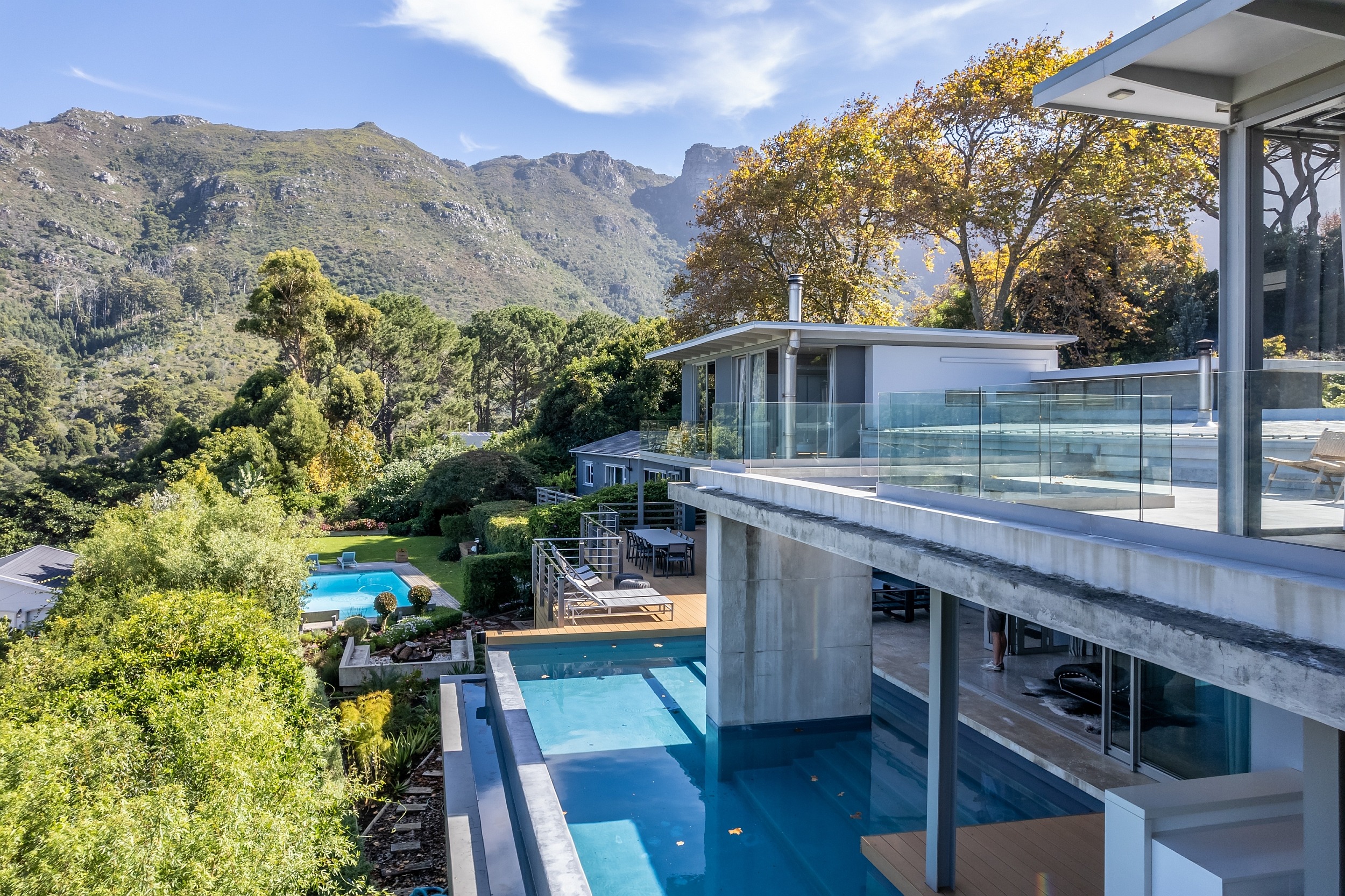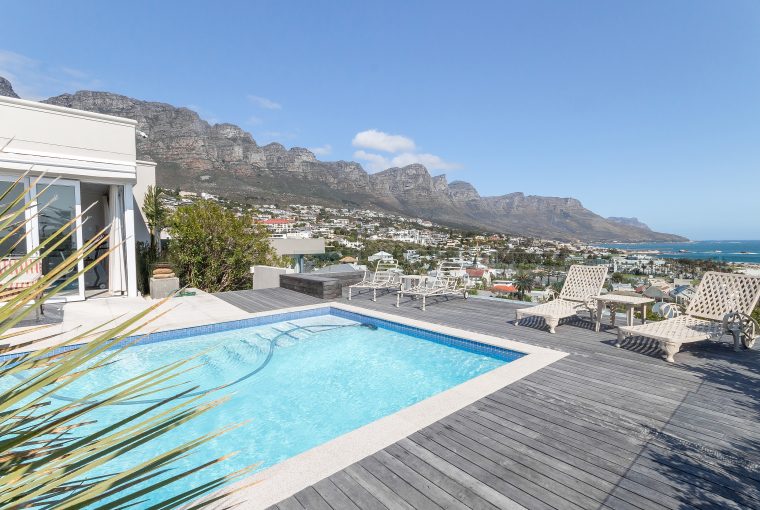Chilly, wet winter no dampener for Cape Town’s busy residential rental market
Following a bumper summer residential rental season from November to March – with very high tenant demand, and despite a particularly cold and wet winter, at a time when market activity slows, Cape Town’s rental market continues to experience steady demand from tenants, says Arno de Wit, Pam Golding Properties rentals manager for the Cape Metro.
Says de Wit: “The Cape Town rental market is seasonal, historically with the summer months always busier and experiencing higher demand, with the student market and families relocating after the completion of a school year contributing to the seasonal demand trend.
“However, being a thriving metropolis with arguably the best lifestyle and service delivery, Cape Town has always been desirable to local and foreign tenants. This demand has fuelled a strong demand for buy-to-let investment properties, which continues to surge, rising to +9% of all ooba’s mortgage applications in May 2023.

“Generally, we find that three to five-bedroom houses located in close proximity to good schools remain highly sought after, particularly in the price range between R35 000 and R70 000 per month, as well as one to two-bedroom apartments in complexes offering good security and near local amenities which also in great demand, mainly between R15 000 to R25 000 per month.
“However,” says de Wit, “there is a wide variety and price range of homes to rent in the Cape Town metro. For example, the scope of properties to rent extends from R14 000-R18 000 for one bedroom, from R18 000 to R28 000 for two bedrooms, and R35 000 to R50 000 for three-bedroom apartments and penthouses. Freestanding homes start from around R28 000 for three bedrooms, from R35 000 to R70 000 for four bedrooms, and can range up to R120 000 plus for spacious five or six-bedroom houses with size, condition, views, location and security all factored into the pricing.
“Apart from enquiries from locals, including semigrators from other regions looking to rent before they make a decision regarding which suburb may be best suited to their needs before buying, we also receive requests for homes to rent from potential tenants from America, the UK, Germany, France, Italy, and other European countries. Their main criteria are homes that offer good security and close proximity to schools and/or local amenities. Coupled with this, the demand for homes offering alternative energy sources during load shedding keeps growing.”
De Wit adds that recently, the semigration trend has become one of the key drivers behind the surge of people looking to relocate to Cape Town, with the resultant high demand causing rental rates to increase by around 15-20% over the past 9-12 months. “I anticipate that this tenant demand will continue on the same trend for the next 12 months, further fuelled by the increased interest rate, which has created a spike in rental demand for properties in sought-after areas.
How much prime residential space can you rent for $2 000 a week?
“While internationally acknowledged as a prime residential destination worldwide, Cape Town still offers value for money, as seen in Savills list of 25 top global cities. According to a recent global report by Savills, prime rents in the world’s leading cities continue to grow. Renters with a budget of $2 000 a week ($8 000 a month) can rent a property with an average size of 3 825 square feet in 25 top global cities that Savills monitors. That’s 277 square feet less than before the pandemic, since when rents have risen by 11 percent.”
| City | Square footage of prime space you could rent | Difference in prime space you could rent in Dec 2022 vs Dec 2019 | ||
| December 2019 | December 2022 | Size
(square feet) |
Percentage
(%) |
|
| New York | 1,010 | 900 | -110 | -11% |
| Hong Kong | 1,100 | 1,250 | 150 | 14% |
| Los Angeles | 1,810 | 1,420 | -390 | -22% |
| Tokyo | 1,780 | 1,680 | -100 | -6% |
| London | 2,130 | 1,830 | -300 | -14% |
| Singapore | 2,950 | 2,080 | -870 | -29% |
| Paris | 2,130 | 2,120 | -10 | 0% |
| Miami | 4,430 | 2,200 | -2,230 | -50% |
| San Francisco | 2,580 | 2,520 | -60 | -2% |
| Seoul | 3,080 | 2,620 | -460 | -15% |
| Amsterdam | 2,890 | 2,820 | -70 | -2% |
| Dubai | 5,090 | 2,890 | -2,200 | -43% |
| Berlin | 3,850 | 3,170 | – 680 | -18% |
| Bangkok | 3,220 | 3,430 | 210 | 7% |
| Sydney | 3,710 | 3,620 | -90 | -2% |
| Mumbai | 3,720 | 3,740 | 20 | 1% |
| Shanghai | 3,970 | 3,780 | -190 | -5% |
| Shenzhen | 3,780 | 3,910 | 130 | 3% |
| Barcelona | 4,710 | 4,610 | -110 | -3% |
| Madrid | 5,100 | 4,910 | -100 | -4% |
| Hangzhou | 6,660 | 6,080 | -190 | -9% |
| Guangzhou | 6,690 | 6,450 | -580 | -4% |
| Cape Town | 10,380 | 11,100 | -240 | 7% |
| Kuala Lumpur | 11,640 | 12,460 | 720 | 7% |
Source: Savills Research
Savills report says that New York remains the most expensive city for prime renters, with $2 000 a week buying just 900 square feet – 110 square feet less than in 2019, with Hong Kong, Los Angeles, Tokyo and London the next priciest locations. Rents across these five megacities have increased by eight percent on average since 2019, and $2 000 a week now secures less than 2 000 square feet of prime residential space. The highest risers were Miami, Dubai and Singapore.
For $2 000 a week, a prime renter in Miami can rent only half the space they could in 2019 – down from 4 430 square feet to 2 200 square feet. This city has benefitted from a growing demand for a warmer climate, tax incentives, and a lower cost of living. Miami’s residential market is forecast to see positive rental growth continue, with growth of 4-5.9 percent forecast for 2023. This is fuelled by strong demand, rising house prices that are pushing buyers to the leasing market, and the city’s depleted rental stock volumes.
The search for warm weather, more space, and a higher quality of life has also boosted rents in Dubai. A prime renter could lease an average of 5 090 square feet here in 2019 for $2 000 a week. They could now only afford just over half of that space, and Dubai now sits between two major European cities Amsterdam and Berlin in the rental league table.
In Europe, Madrid and Barcelona offer the best value for prime renters. For $2 000 a week they can lease 4 910 square feet and 4 610 square feet of prime residential space, well over twice as much as in London (1 830 square feet) and Paris (2 120 square feet). A digital nomad visa introduced at the start of this year should encourage greater movement of non-EU executives and entrepreneurs to the Spanish cities, driving rental demand in these competitively priced markets.
Hong Kong was the only city in the top five where rental values have fallen since 2019, declining by 14 percent. It’s the second most expensive rental market of the 25 cities, with $2 000 a week securing approximately 1 250 square feet of prime residential space. This is 150 square feet more than in 2019. International and domestic demand has fallen here due to pandemic-related restrictions and ongoing political uncertainties.
Moving through 2023, the picture varies city to city. Most of these 25 cities have outperformed 2019 rental values and look set to continue growing this year. European cities Madrid, Rome, and Athens face a lack of prime rental stock which is expected to continue driving rental growth. Asian cities such as Toyo and Bangkok are likely to see international tenant demand return and elevate rents.
Top performers in 2022, Singapore and Miami are not forecast to see their rental markets slowing anytime soon, due to migration trends bringing ever more people to these locations. Dubai, another top performer in 2022, is expecting to see an influx of prime stock come to market which could help ease increasing rents.
For further information visit www.pamgolding.co.za.
Posted by The Know - Pam Golding Properties





